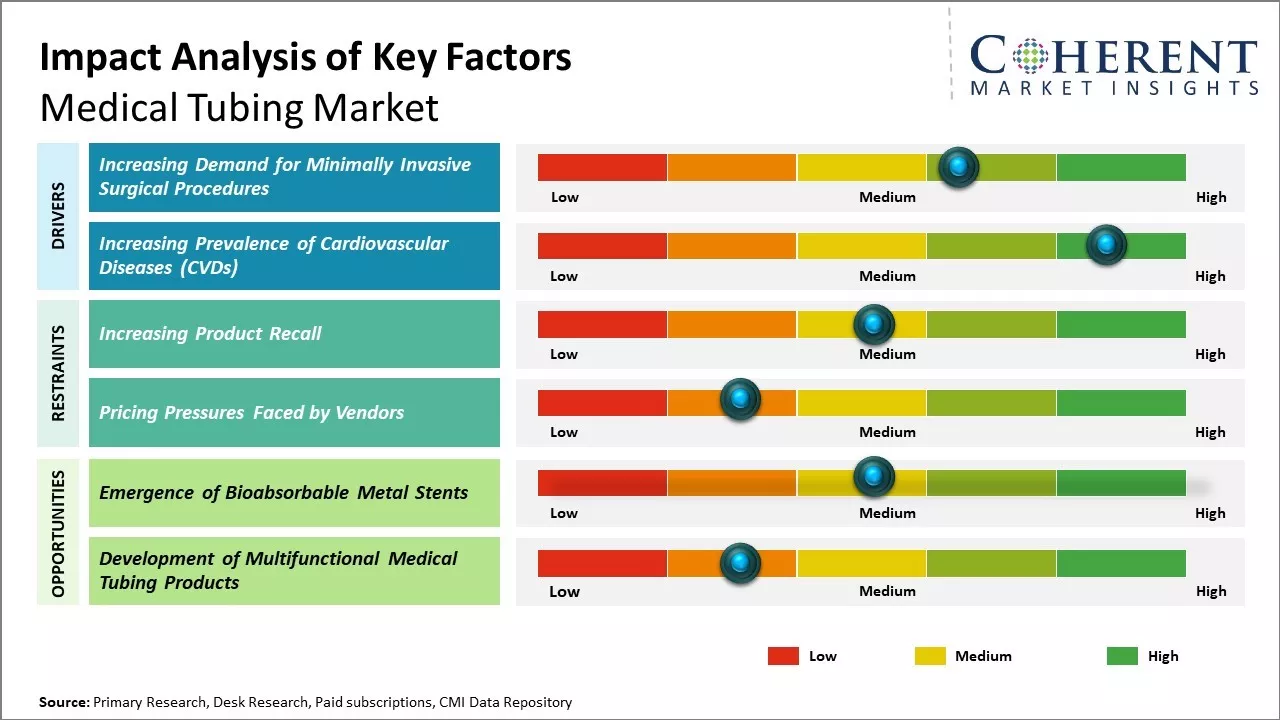The medical tubing market is estimated to be valued at USD 1,371.3 Mn in 2025 and is expected to reach USD 2,508.5 Mn by 2032, exhibiting a compound annual growth rate (CAGR) of 9.0% from 2025 to 2032.

To learn more about this report, Request sample copy
The increase in minimally invasive surgeries and rising preference for customized medical tubing will drive the demand for medical tubing. Population aging and subsequent rise in chronic diseases will further contribute to the growth of the market. The trend gaining prominence in the medical tubing market is increased utilization of specialty tubing. Specialty tubing finds wide application in devices such as drug delivery systems, catheter assemblies, peristaltic pump tubing, and others. Specialty tubing offers advantages such as uniform diameter, smooth surface, and flexibility. Rising need for customized tubing compatible with advanced medical devices will boost the specialty tubing segment. Increased research on specialty biomaterials for tubing will further propel the market trends.
Market Driver – Increasing Demand for Minimally Invasive Surgical Procedures
The demand for minimally invasive surgical procedures is undergoing robust growth in recent times, driven by the preference of both patients and surgeons for techniques that reduce recovery time and postoperative trauma. Minimally invasive techniques such as laparoscopy allow complex internal operations to be performed through small incisions as compared to traditional open surgeries. This paradigm shift towards minimal access interventions has significantly fuelled the requirements for fine-caliber medical metal tubing and customized tubing solutions in the country. Medical metal tubes find wide applications in minimally invasive devices such as guidewires, catheter delivery systems, endoscopes, balloon catheters, and coronary stents. The inherent properties of kink resistance, pushability, torque control, and flexibility make metal alloys suitable for manufacturing tubing used in operational tools for laparoscopy, arthroscopy, gastroscopy, and other such advanced procedures. Furthermore, customized metal tubing helps in designing slim trocars, cannulas, and other port systems to facilitate surgical access through small passages. The customer demand for innovative product designs with enhanced performance capabilities is also propelling tubing manufacturers to develop sophisticated nuanced alloy compositions and fabrication techniques.
Joining thousands of companies around the world committed to making the Excellent Business Solutions.
View All Our Clients